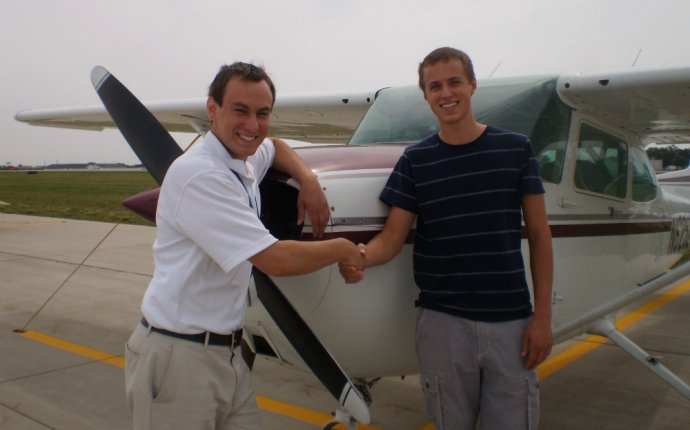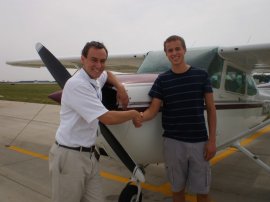
Private Jet Pilot training
 The private pilot certificate is traditionally the most popular entry-level pilot certificate. It offers a great deal of freedom and privileges. As a private pilot, you can fly any aircraft as long as you have the appropriate training and ratings. You can fly almost anywhere, day or night. You can fly in good weather under visual flight rules (VFR), and later, if you earn an instrument rating, you can also fly in clouds and low visibility under instrument flight rules (IFR).
The private pilot certificate is traditionally the most popular entry-level pilot certificate. It offers a great deal of freedom and privileges. As a private pilot, you can fly any aircraft as long as you have the appropriate training and ratings. You can fly almost anywhere, day or night. You can fly in good weather under visual flight rules (VFR), and later, if you earn an instrument rating, you can also fly in clouds and low visibility under instrument flight rules (IFR).
You can expand your basic private pilot privileges through additional training. To be pilot-in-command (PIC) of a high performance, complex, or tailwheel airplane, you’ll need training and a one-time logbook endorsement. If you’d like to fly a different category and class of aircraft altogether, such as a helicopter, powered parachute, or multiengine airplane, additional training and testing can give you those privileges. Many private pilots choose to add an instrument rating to increase their skills and add to the utility of small airplane travel.
The main limitation of a private pilot certificate is the prohibition of commercial flying activity. As a private pilot, you may fly for business purposes such as traveling to a meeting, but you may not be compensated in any way for services as a pilot. You are not allowed to carry passengers or cargo for hire. You can, however, share the cost of a flight with passengers as long as you pay at least your equal share of the expenses. You can operate charity flights that raise money for a cause, subject to certain restrictions.
Private Pilot Ground Training
You may accomplish the ground training requirements for the private pilot certificate through one-on-one ground instruction, a home study course, a ground school class, or a combination of the above.
As a Cessna Pilot Center, Jet Air Group offers the Cessna Flight Training system along with supplemental books and materials. You can enroll in Cessna’s interactive web-based training course and your instructor can track your progress. View a demo version of the course here.
You are not required to complete ground school prior to starting flight training. You can work on ground training and flight training concurrently.
Private Pilot Flight Training
Private pilot training is typically divided into three stages: pre-solo, cross-country, and test preparation.
In the pre-solo stage, you’ll learn the basic hands-on skills of flying the airplane. When you’re ready, you’ll take your first solo flight.
In the cross-country stage, you’ll venture further from your home airport and learn navigation skills. You’ll also experience night flying and flying solely by reference to instruments.
In the test preparation stage, you’ll review, practice, and fine-tune your skills to prepare to pass the FAA private pilot practical test, often called “the checkride.”
Throughout training, you will receive ground instruction on various topics ranging from aerodynamics to regulations to weather. You’ll be tested on these topics in a multiple-choice 60-question test called the Private Pilot Knowledge Test. You’ll also be tested on your knowledge during the oral portion of the practical test (checkride).
Private pilot training requirements are outlined in Part 61 of the FAA regulations.
Medical Certificate
Private pilots and student pilots seeking a private certificate need at least a third-class FAA medical certificate. A medical certificate is not required to begin training, but it is required for solo flight. We recommend that new students seek a medical certificate early in training. Those students seeking aviation careers may wish to apply for a second- or first-class FAA medical certificate.









